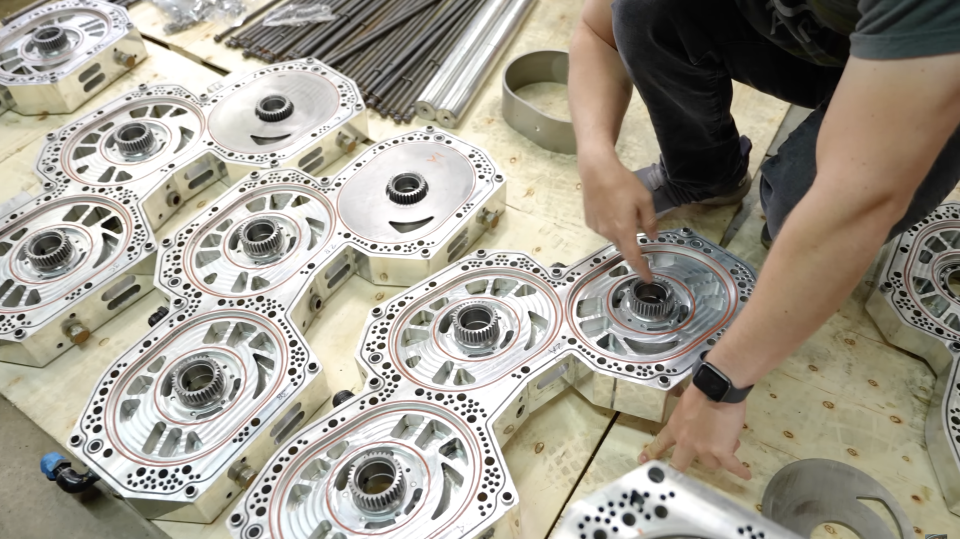Here’s Why the Fabled 12-Rotor Won’t Work—Yet

The rotary engine is not quite dead. Despite it last making a sports car experience in the Mazda RX-8 just under a decade ago, the oddball triangular engine has an unbelievably strong cult following with folks still developing and making huge horsepower with them. One of the leaders of that cult is Rob Dahm, known for building a 1,200 horsepower four-rotor all-wheel-drive FD RX-7, and he’s building the biggest rotary engine ever: a 12-rotor marine engine.
https://www.youtube.com/watch?v=24F4FAMtC-8
For the uninitiated, Wankel engines are colloquially known as rotaries and typically come in two, three, and four-rotor configurations. They’re known for huge power density from miniscule engine displacements, especially when turbocharged. In its day, the FD Mazda RX-7 made 286 hp from 1.3 liters using two rotors force-fed by twin turbos. That engine was known as the 13B-REW. The next step up would be the three-rotor 20B engine from the third-generation Mazda Cosmo luxury coupe, which made 300 hp from 2.0 liters using very little boost pressure. Then the long undisputed king of rotaries was the R26B prototype four-rotor engine that gave Mazda the win at the 1991 24 Hours of Le Mans with the Mazda 787B. That made 900 horsepower from 2.6 liters.

 Yahoo Autos
Yahoo Autos 